Behind the scenes of how we test blenders at woman&home
It's the perfect blend of expertise and hours of use
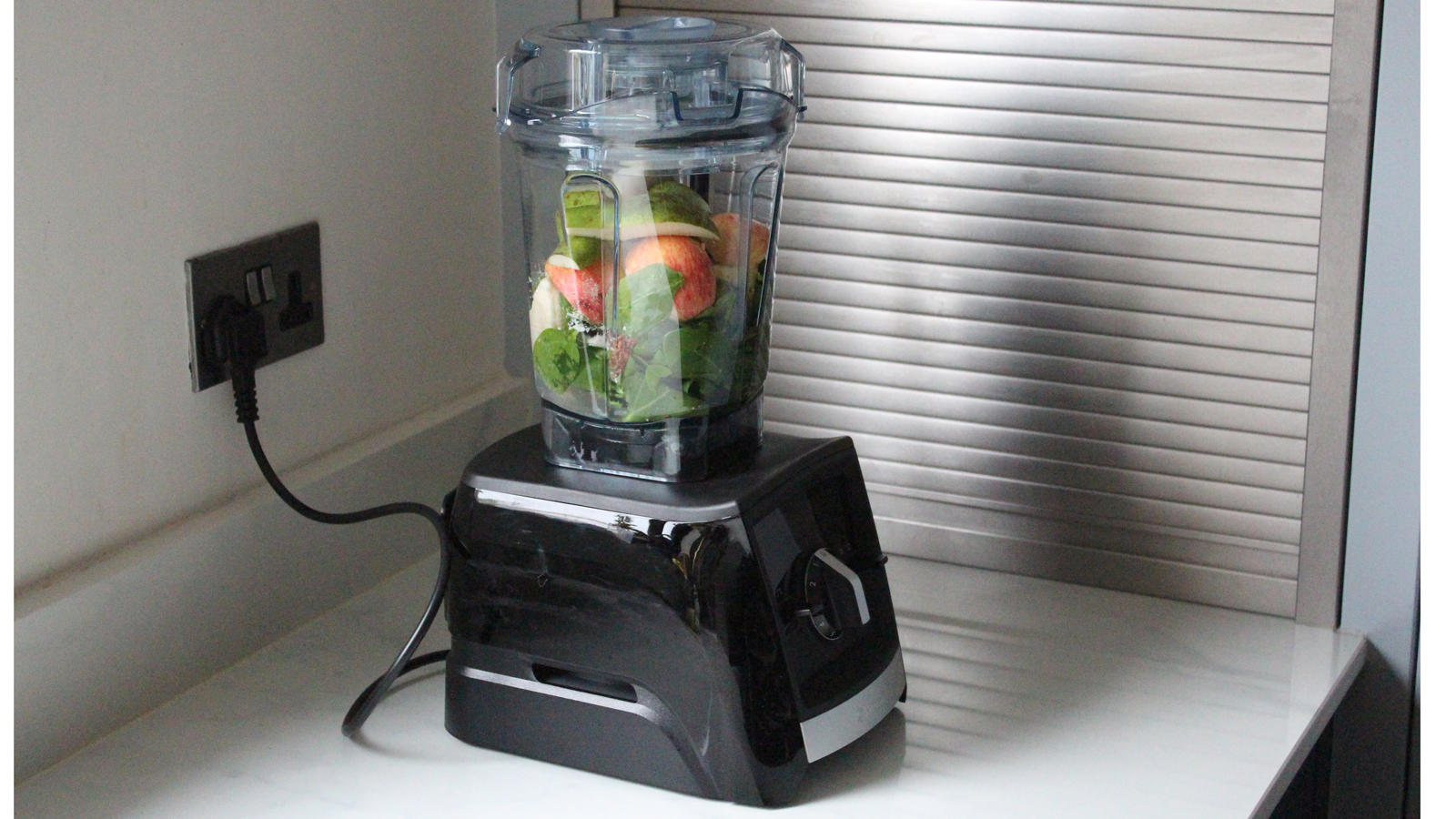

If you’ve read through our buying guide to the best blenders, you’ll have probably wondered how we test blenders and what we look for in each model. For all you inquisitive smoothie fanatics, here’s a tell-all of what goes on in our test kitchen.
I’ll break down each section, from how we choose which blenders we think you’ll like, to how we assess value, and why we compare specific models to each other. I’ll also take you into the details of why a smoothie tells a thousand things, hummus can spill some secrets, and why ice crushing is a necessary but tricky part of our tests.
So, here you have it. This is the brief we give our expert testers, and is an evolution of our wider how we test products policy at woman&home. This is how we choose which models will make the best blenders on the market.
How we choose which blenders to test
Before we do any in person testing, it’s important for our team to do our research. We keep our fingers on the pulse for all things blending, looking at the latest releases and disruptive innovations from big and small brands. As soon as we see something that we think you’ll love, we dig deeper into its claims. Whether that’s researching customer reviews, or looking into the science behind a vacuum seal, we make sure that we know exactly what we’re going to be testing, so that we can cover it all in our review. Once we’re satisfied that we’ve exhausted the internet, we call the blender in to our test kitchen to put it through its paces.
Unboxing the blenders

The first thing we make notes on is unboxing the product, whilst this isn’t something that you’ll be dealing with on the day-to-day, it’s a great place to glean some information. We look for recyclable packaging that still keeps our blender in tact, it’s possible, but not something that every brand takes the time to invest in. We’ll also note if the blender comes with any extra luxuries, some brands will issue fabric bags for storage, recipe books for inspiration, extra accessories, and cleaning tools. These aren’t always mentioned in a product description and, whilst it’s always nice to have a surprise extra, we think it adds some extra weight to the blender’s value.
This part is also where we talk about first impressions. We’ll talk about the size, style, and weight of the product. These are all just from a glance, because later in the review we discuss how to store and maintain the product, but we think that looks can often matter. If you’ll keep this on your counter, you want it to look nice, rather than like an eyesore.
Who would it suit?
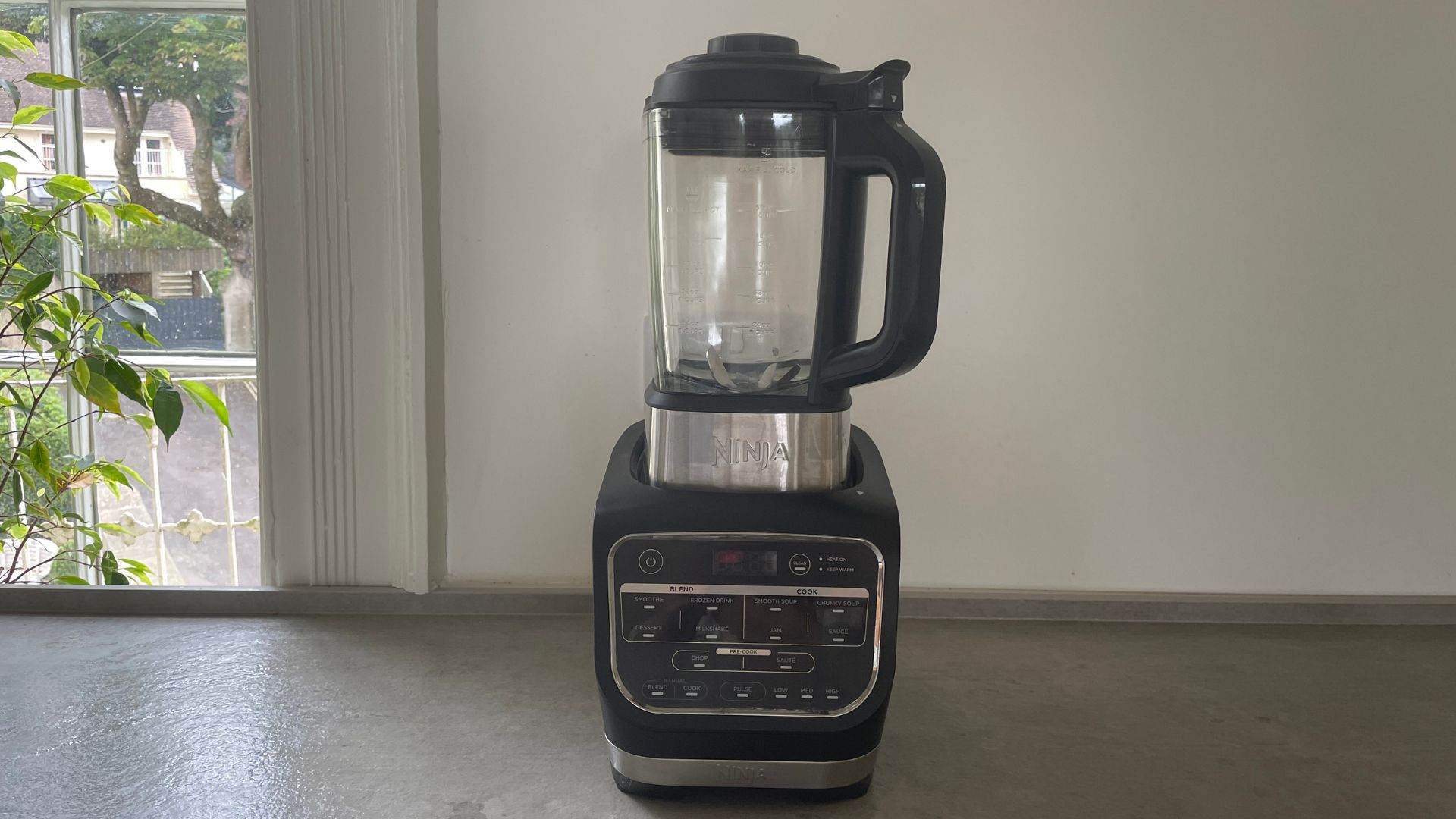
This naturally leads us into discussing who we think a product would suit. When we’re doing this, we think about the price, size, versatility, and style, so that we can quickly let you know whether this is a good option for you and your home.
Sign up for the woman&home newsletter
Sign up to our free daily email for the latest royal and entertainment news, interesting opinion, expert advice on styling and beauty trends, and no-nonsense guides to the health and wellness questions you want answered.
If you read this section and see a lot of yourself, you can keep scrolling to find out more of the nitty gritty, if not, you can move on to better blenders for your needs (we try to cover something for everyone).
Even though this sits high up in our review itself, it’s often one of the sections that we write last, because we like to put a lot of consideration into who would use and suit this.
What we test in our kitchens
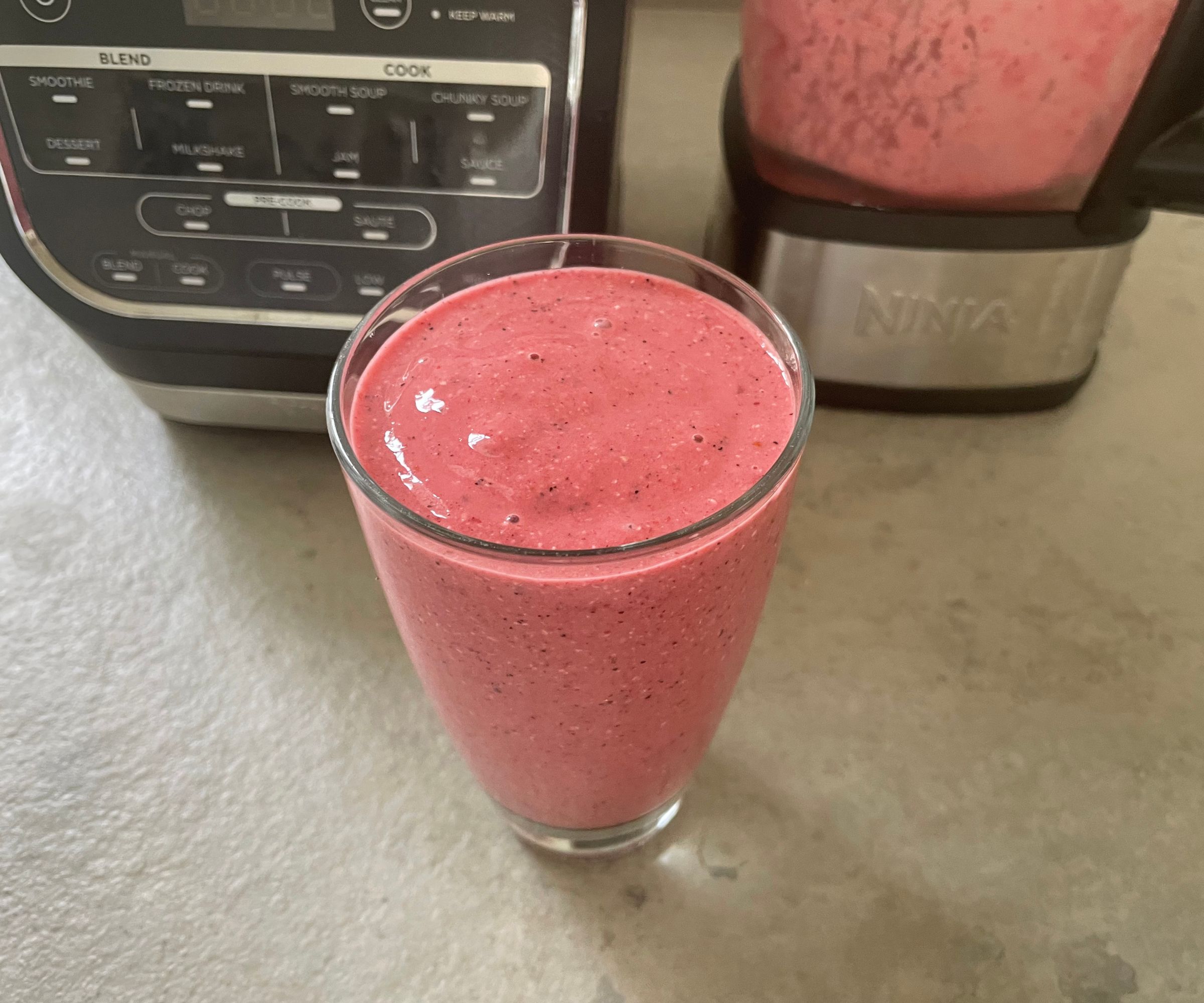
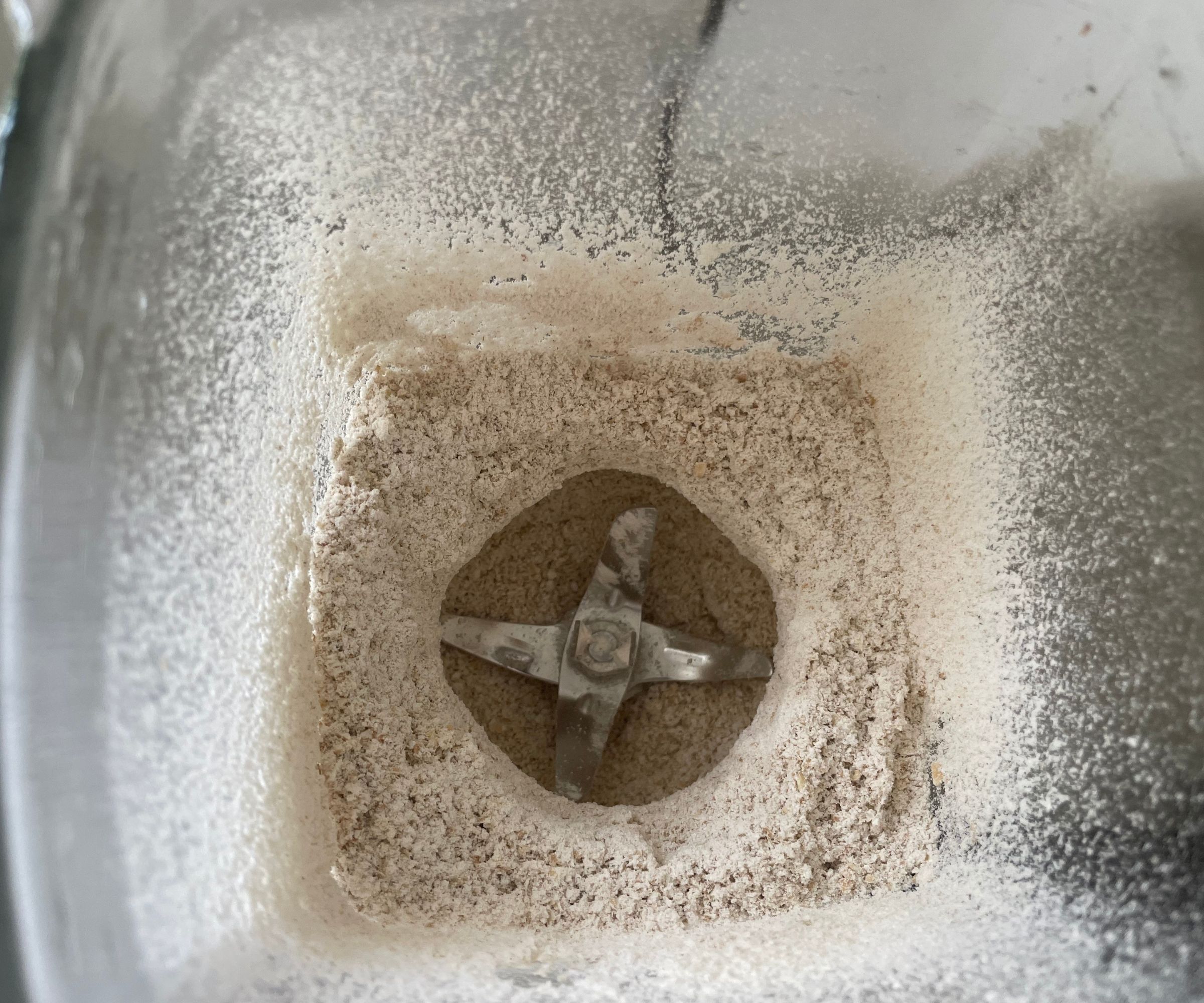
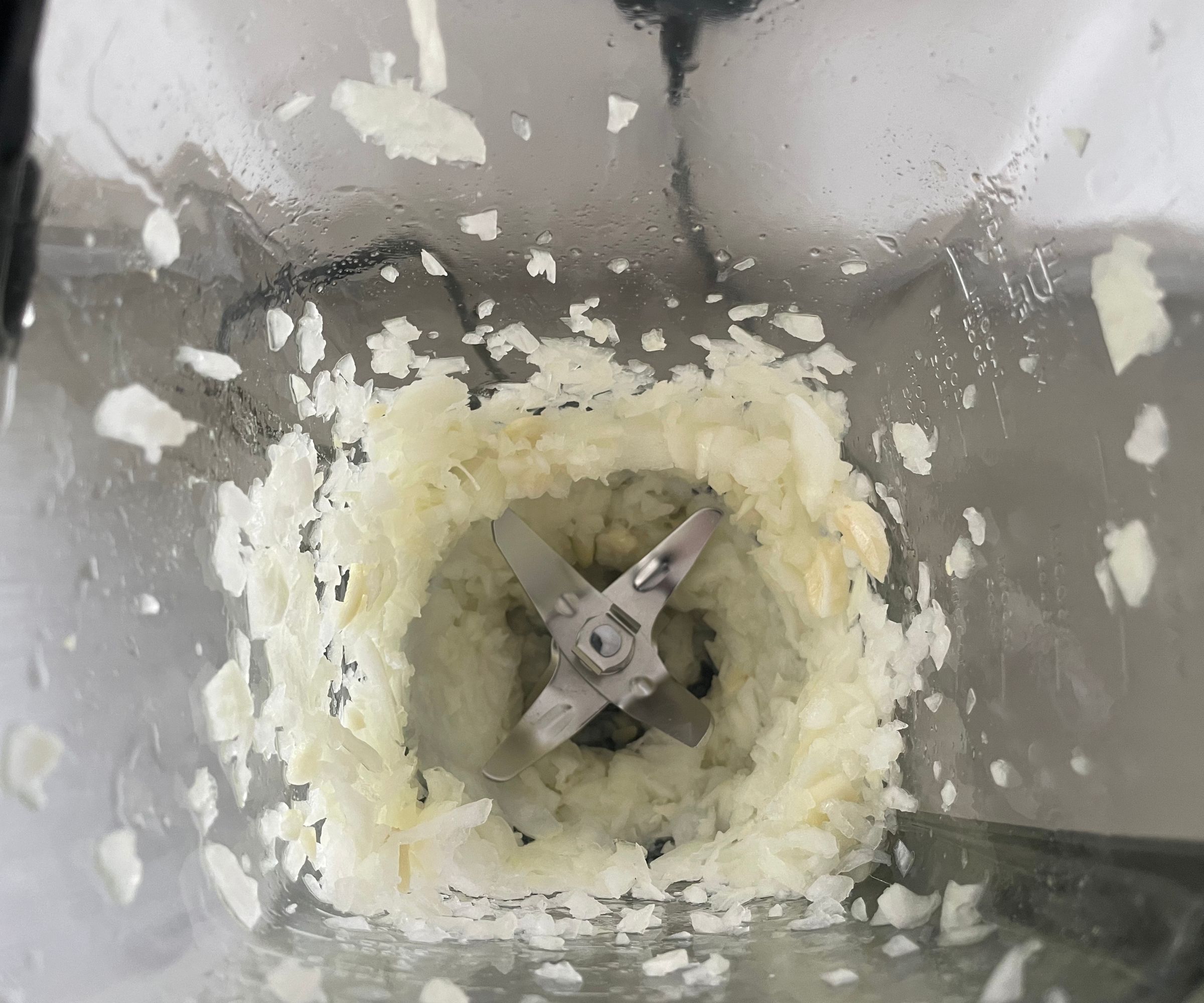
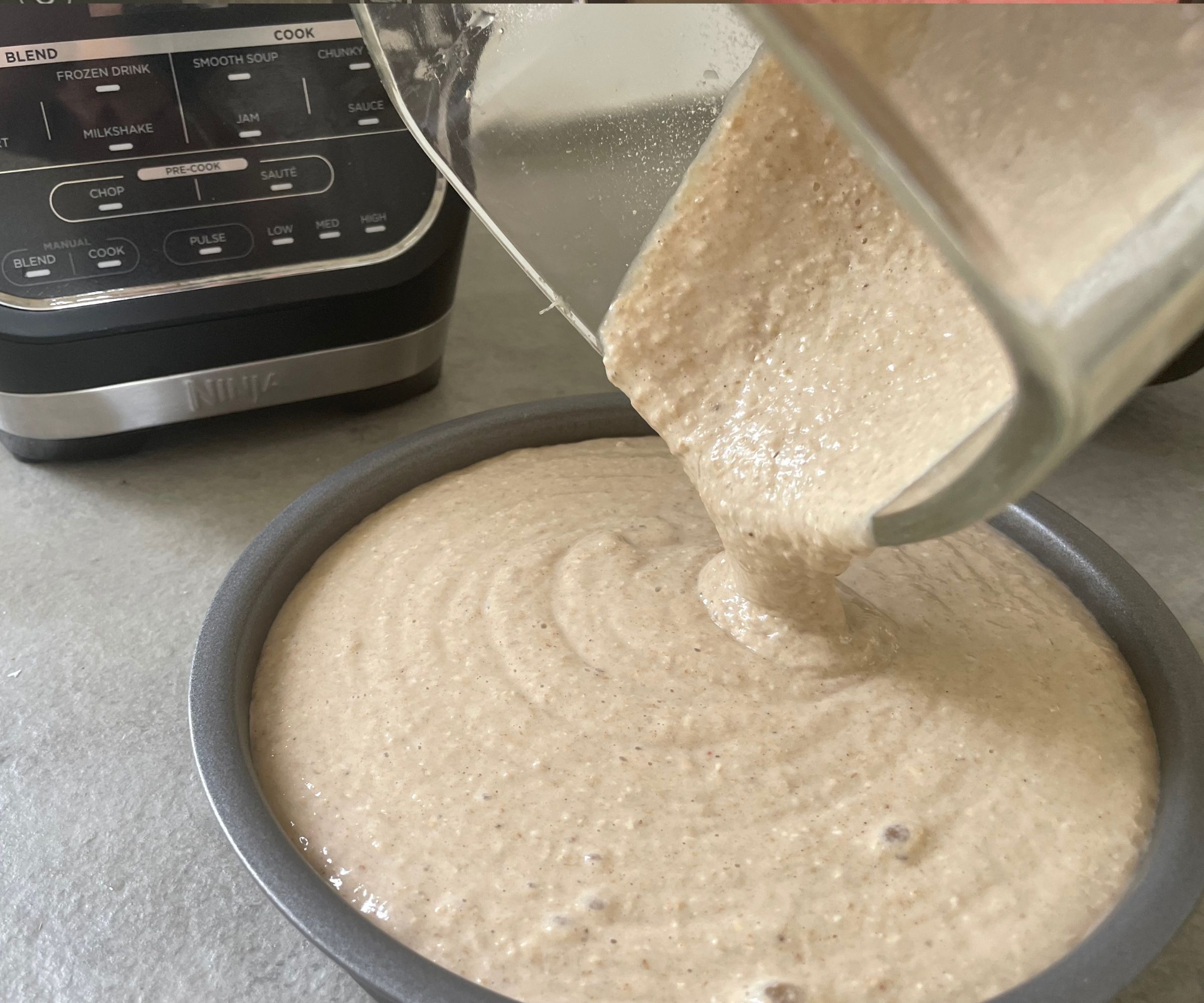
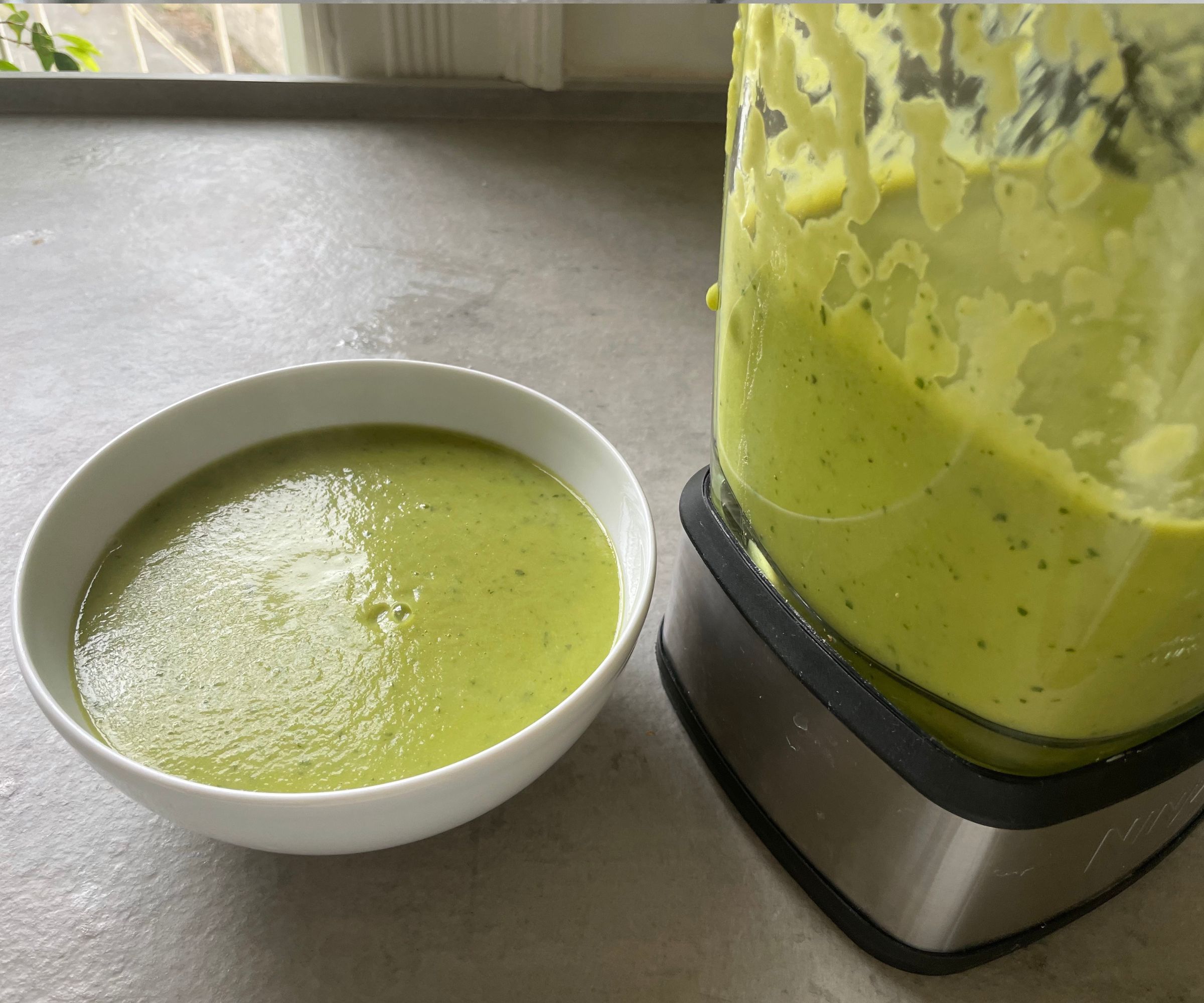
We can hardly wait to get into the practicalities, and, by now, we think we’ve given you enough of a general idea about the blender to find out whether it’ll suit you in the bigger picture.
As soon as we start setting up the blender for use, we begin to make notes on what it’s like to set up, how the controls and different settings work, and whether it’s simple, or something you have to work at. We have a guide for how to use a blender on our site, but we take our chance to get into the specifics of the blender that we're reviewing, letting you know about any quirks, useful settings, and extras.
Some blenders come with a menu of pre-sets that let you sit back and relax, some have timers to tell you how long you’re blending for, and some are just manual. Each has its own benefits.
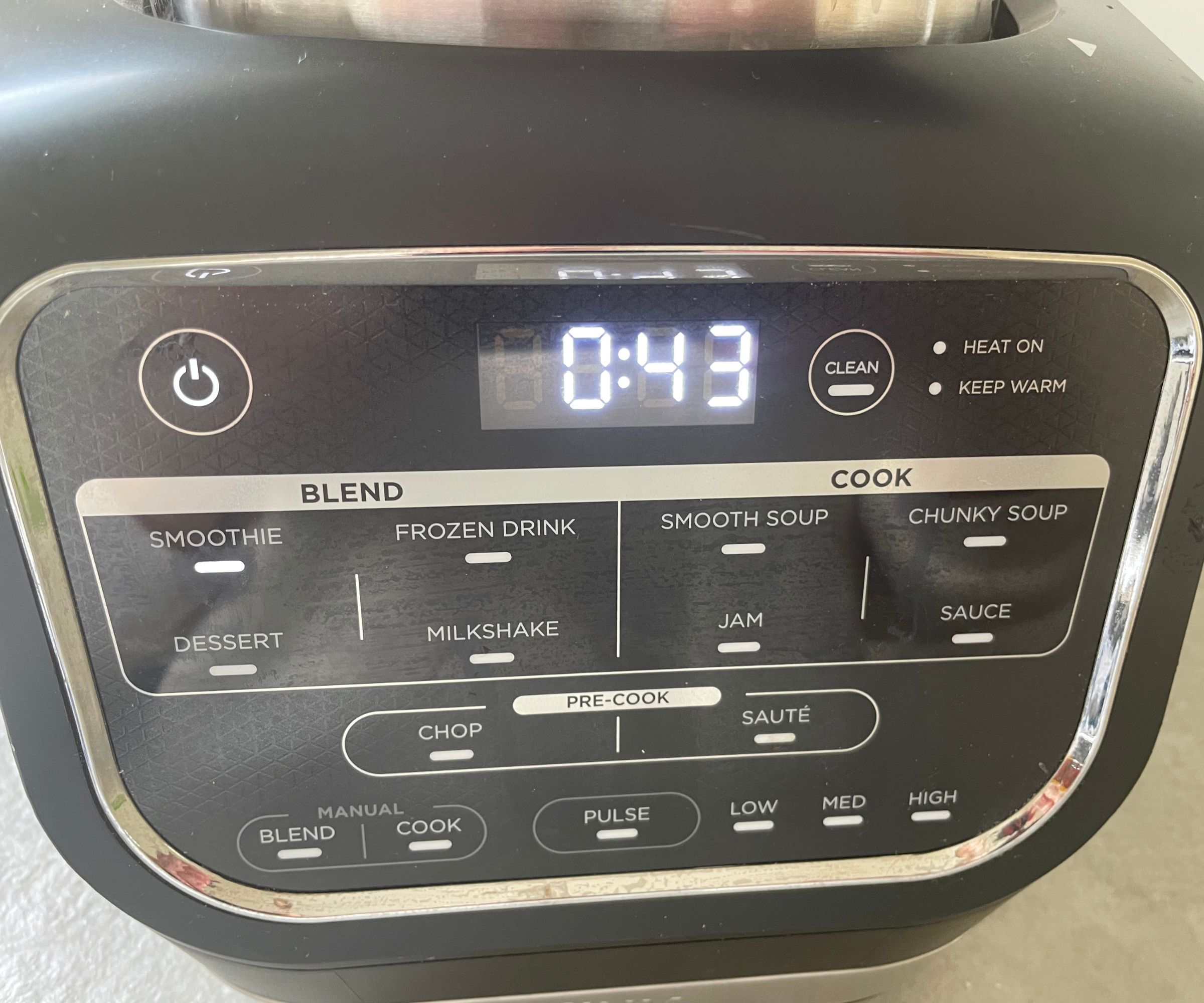
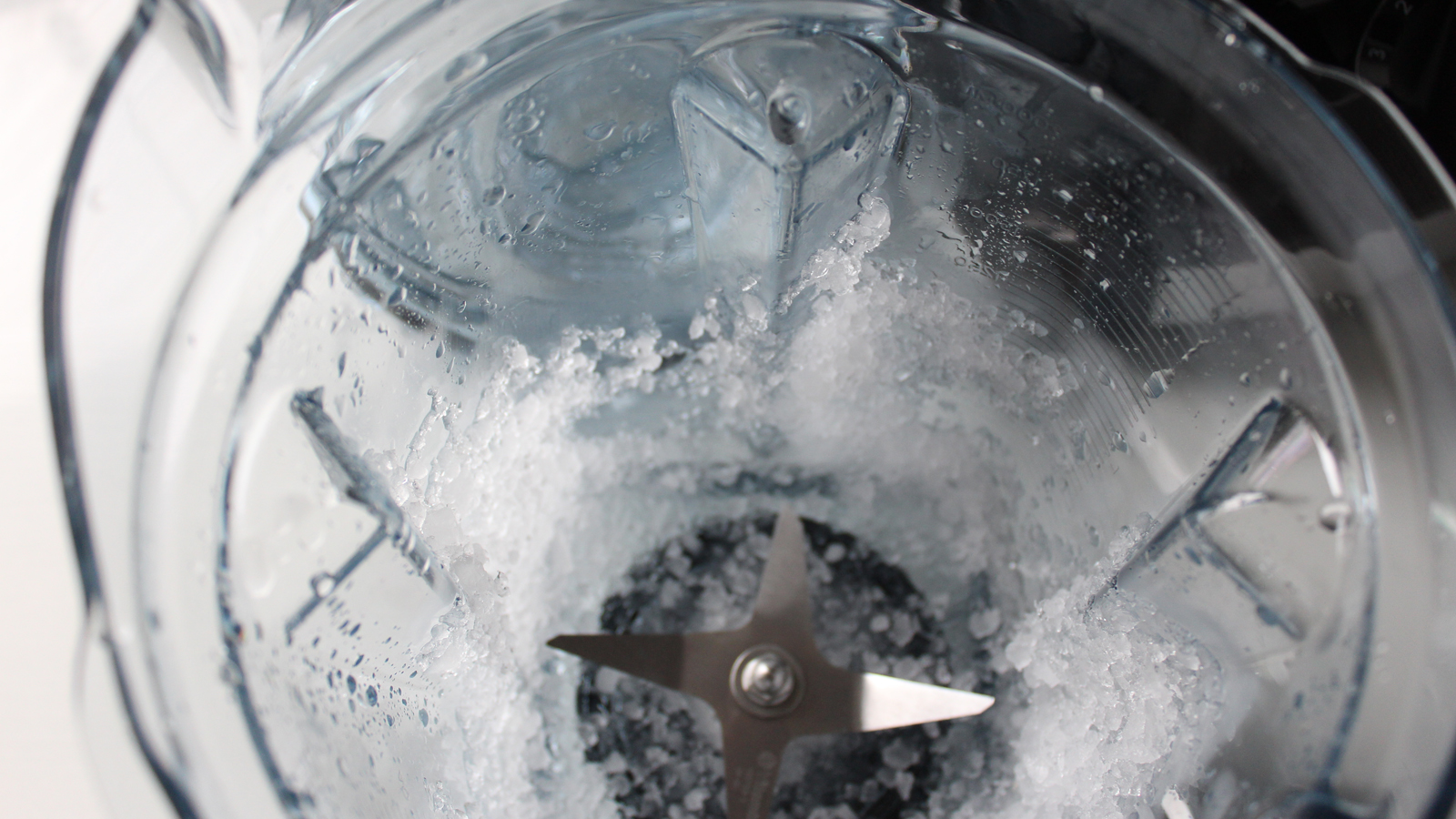

We have three standard tests that we run on all of our blenders. The first is making smoothies. We use frozen berries, banana, oats, almond milk, and spinach. Whilst we know these aren't the only combinations that you'll be putting in your blender, we know that it covers a lot of bases. The frozen berries are icy, seedy, and often in big chunks. The oats can be fibrous and tough to get super smooth, as are the spinach leaves.
If a blender makes a silky smooth drink in under a minute, without making too much noise, it's passed the first test. We'll then add a scoop of protein powder and blend the smoothie again. Protein powder can form clumps if you don't have a good blender, so we always like to test this. It'll also indicate whether your blender will be any good at making batters for pancakes and Yorkshire puddings.
The next test we run is on making hummus. The water content of hummus is much lower, so plenty of blenders struggle to make a really smooth dip. We add a can of chickpeas, a spoon of tahini, cumin, and garlic to our blenders and let them run. They often need help (which we note down) and then we'll do a taste test for the texture. The smoother, the better.
Our final formal test is on whether your blender can crush ice. Pitcher blenders tend to perform better here, but we think it's good to test them anyway. We add a handful of ice as well as a splash of water and what we're really looking for is an ice mist that you could use for ice cones or frozen cocktails.
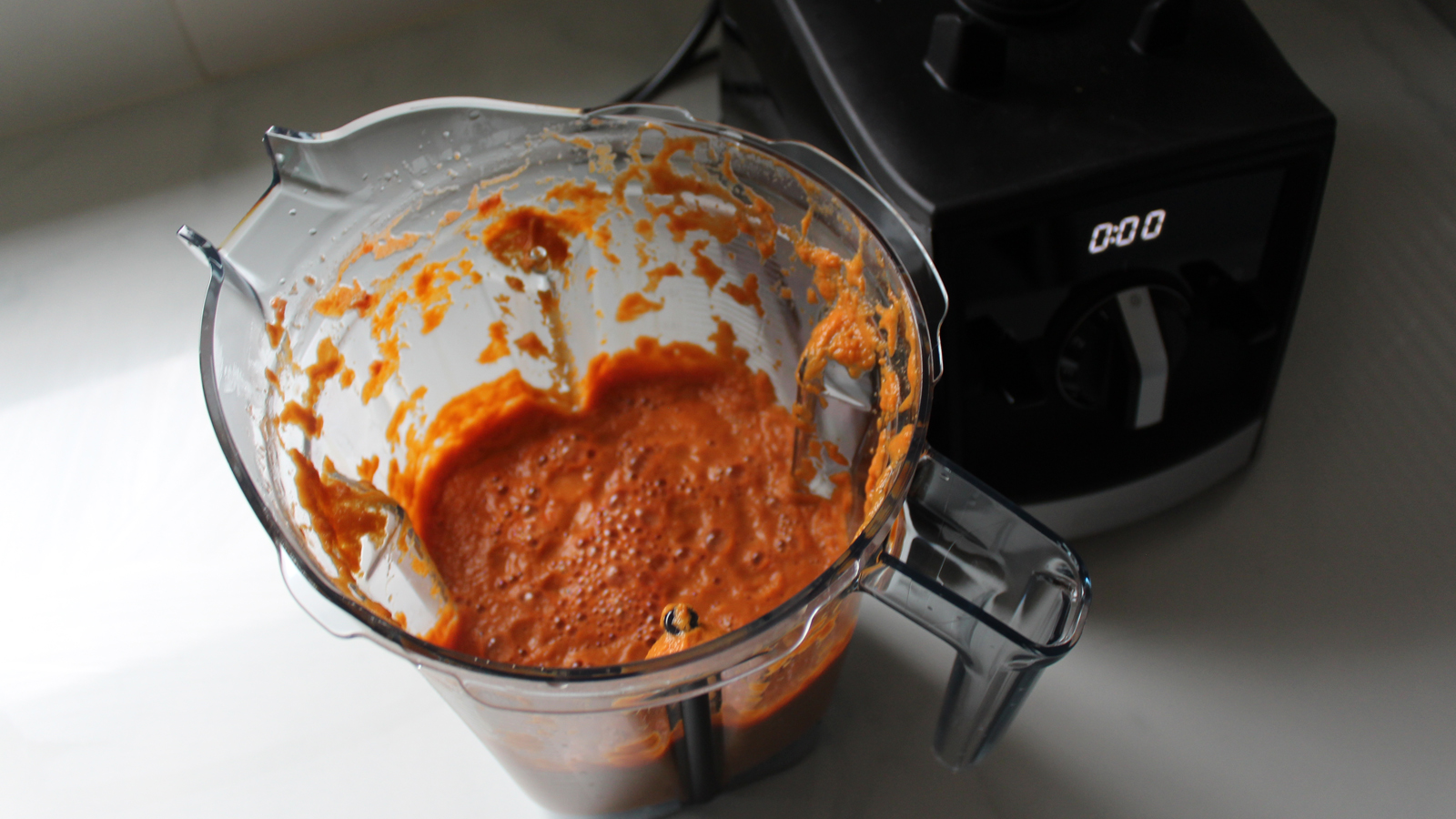
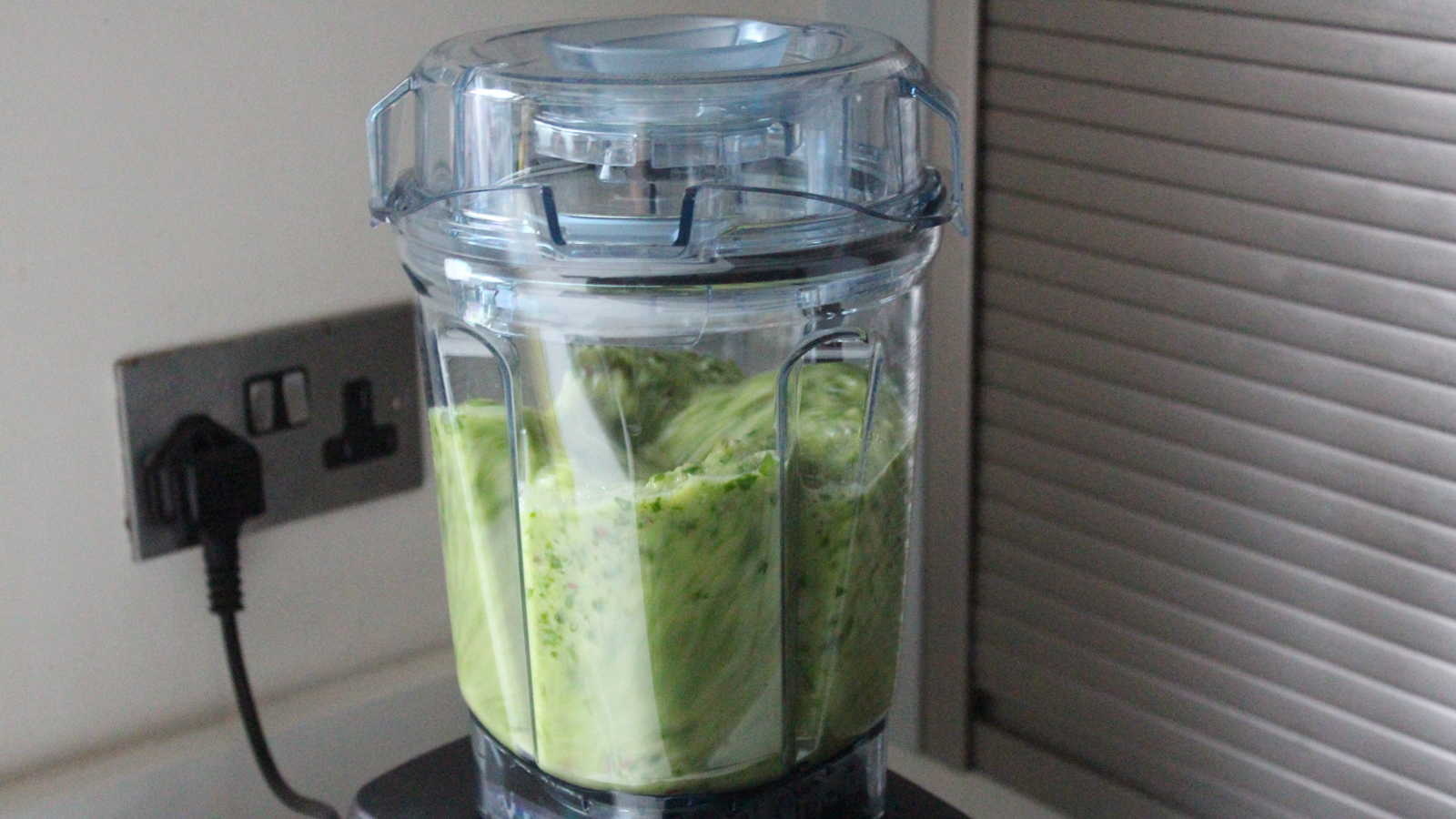
Of course, there are other features on some blenders, such as smoothie bowls, soup making, milkshake modes, and more. If a blender says it can do something extra special, we always make sure to test it, so that you'll know whether the USP of that blender is actually any good.
Cleaning
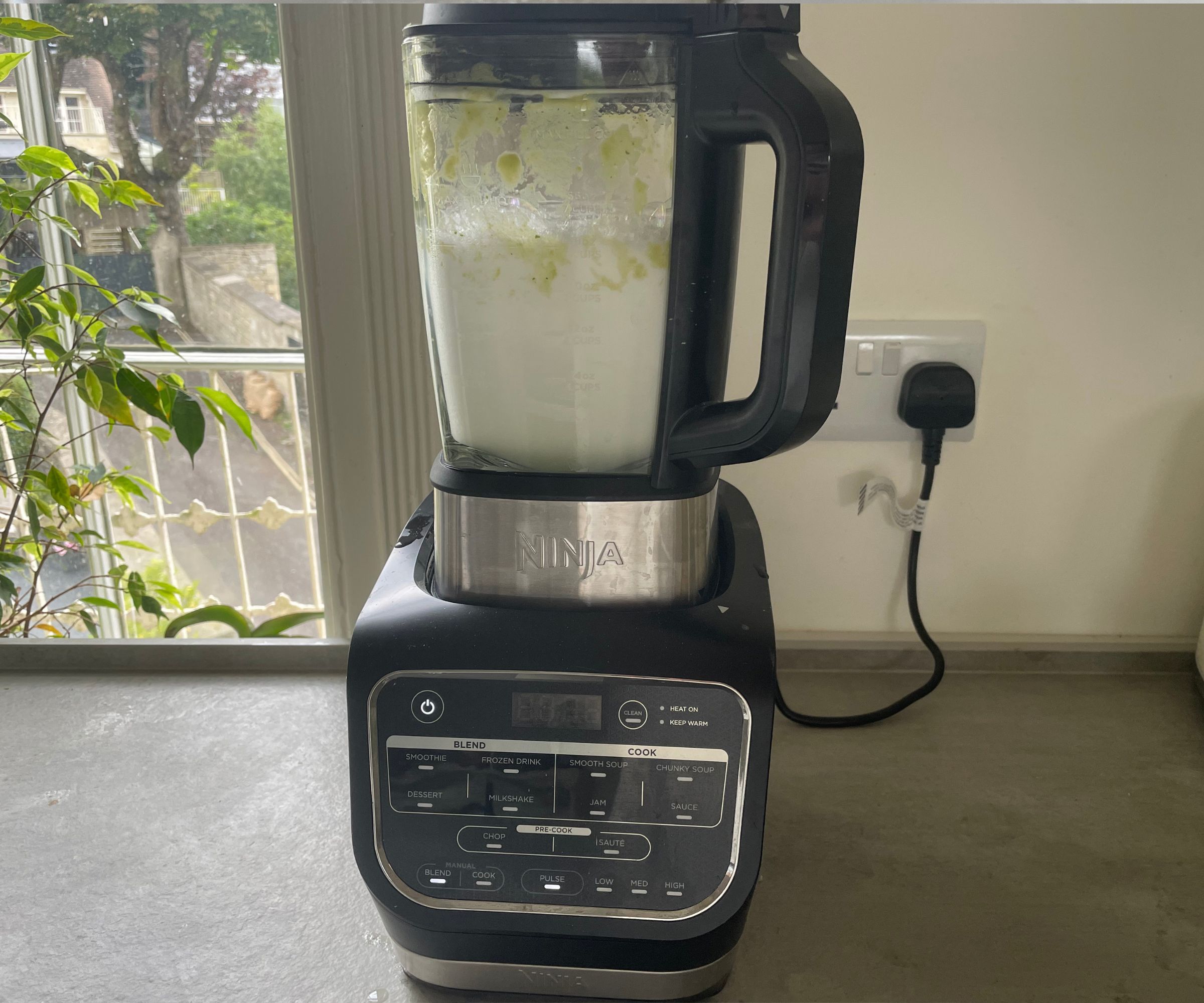
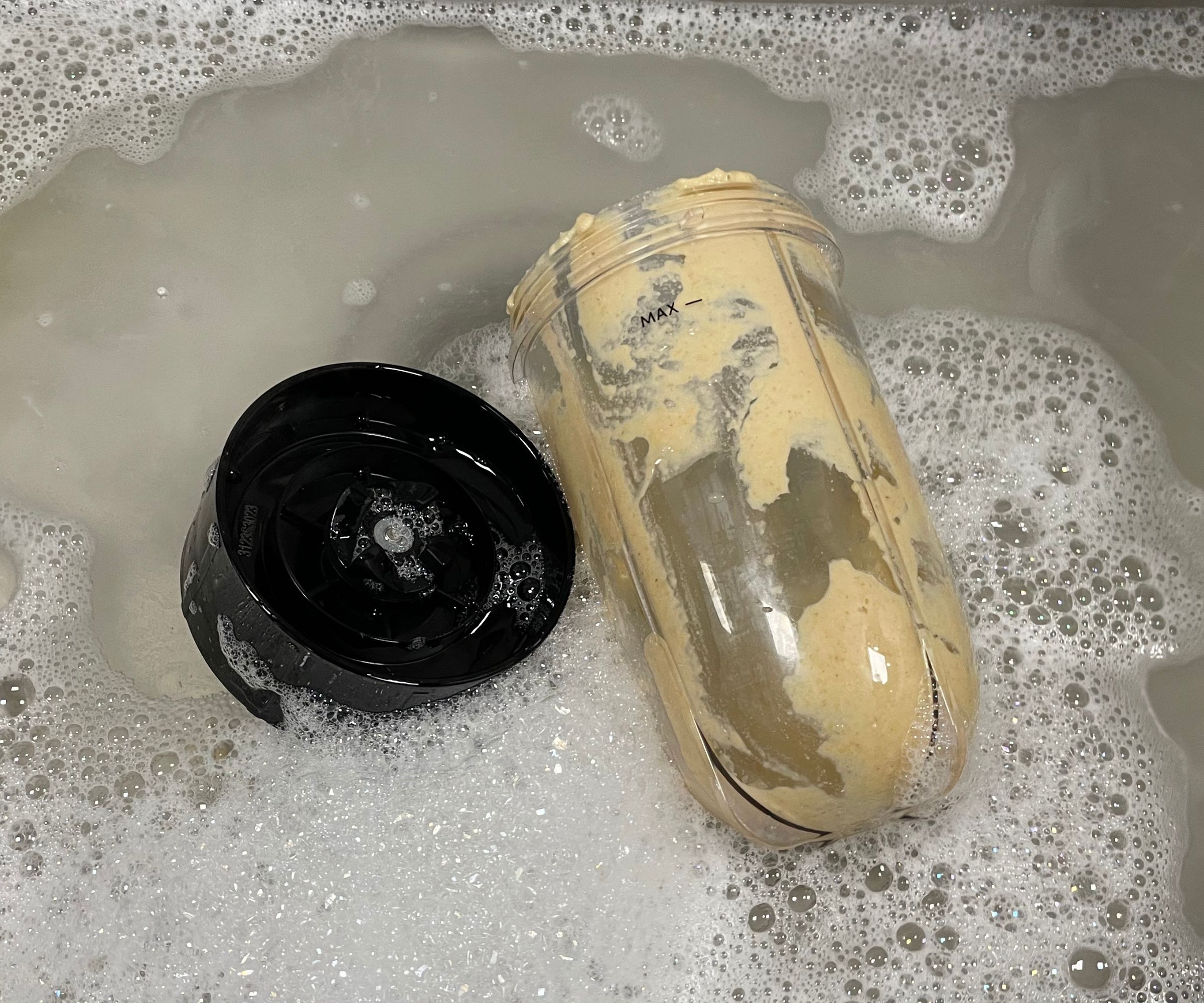
Different blenders have different offerings when it comes to cleaning. Generally, if you follow these five simple steps for cleaning a blender, you'll get squeaky-clean results. There are some you can just throw in the dishwasher and leave to run, but there are also others that might have some fiddly parts that need to be hand-washed. I've even tested blenders that can't be submerged in water.
Nobody really enjoys washing up, so we think it's important that you know what you're getting yourself in for. A simple, dishwasher-safe model will be really useful and, in plenty of different scenarios, you won't mind having to wash your blender by hand. It's just good to prepare yourself beforehand.
Comparing blenders to each other
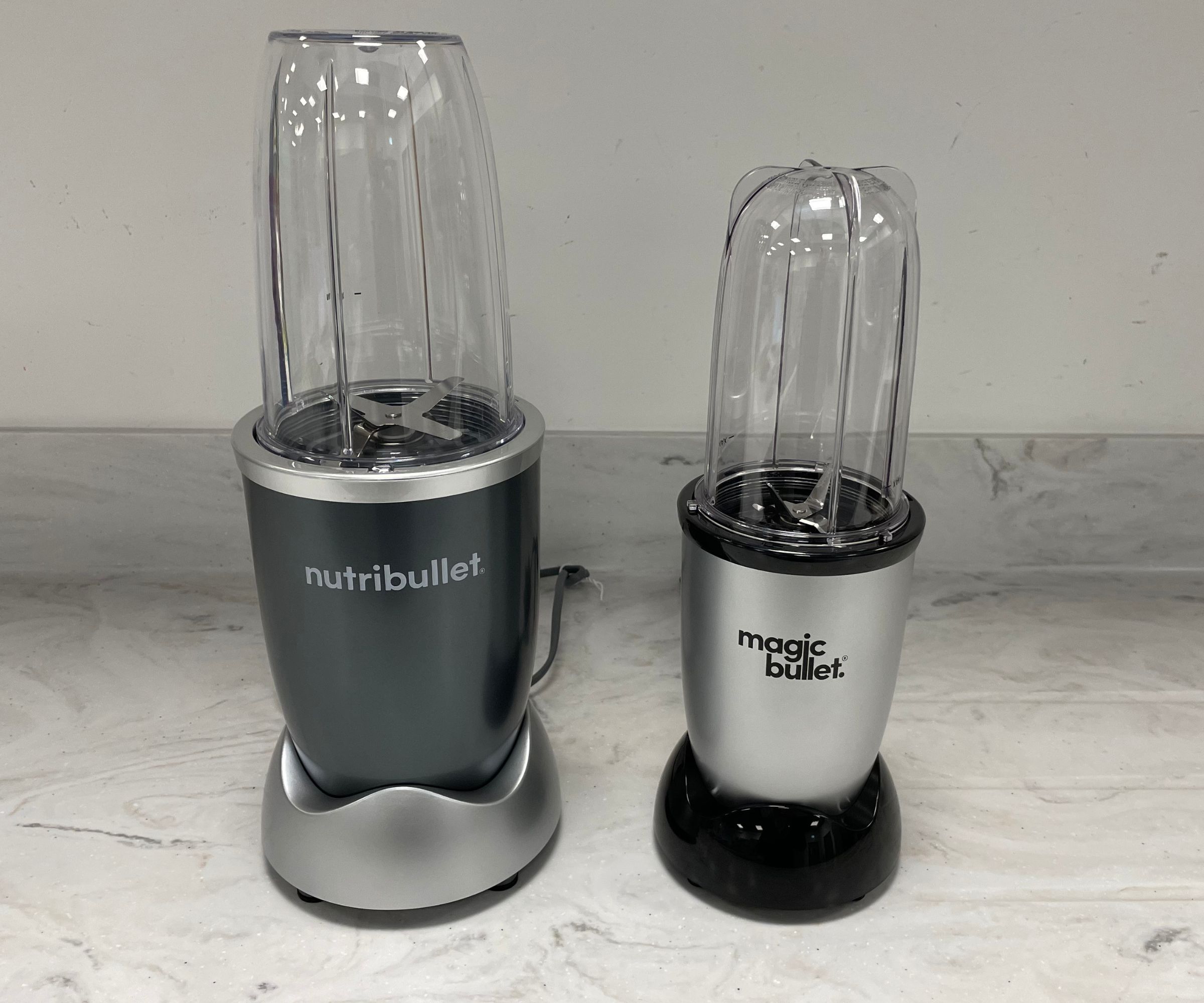
Before you dive into a purchase, it's important to shop around. That can be time consuming and exhausting, which is why we do the shopping around (and the product testing) for you. We have hands-on experience with all of the best blenders on the market, so our experts are an encyclopaedia. We like to always give you an option that is similar, but a little less expensive, and then one which is a little more. You'll get a good gauge of where yours sits on the market, whether its good value, and where its strong and weak points sit in comparison to other blenders out there.
Coming to a conclusion
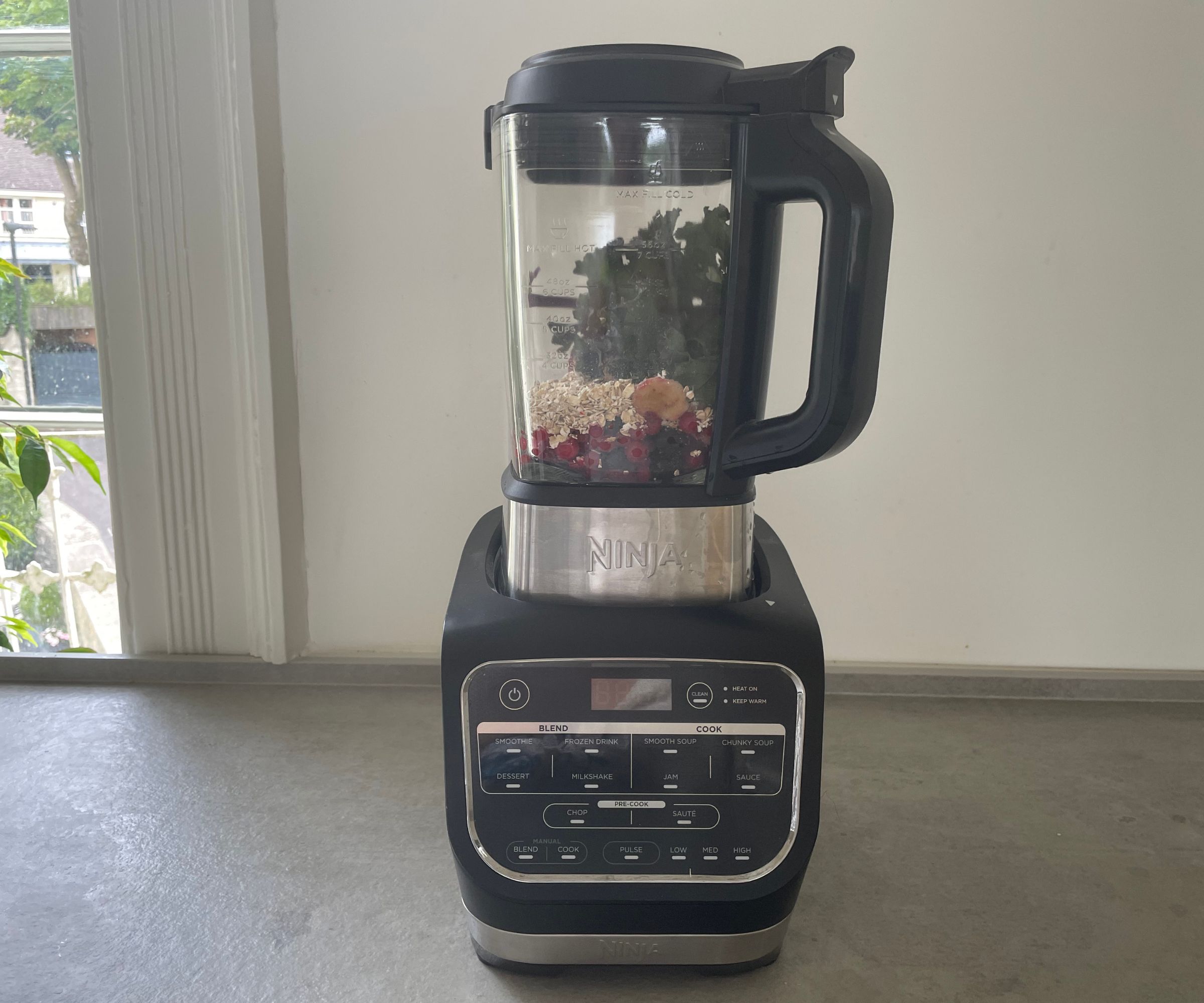
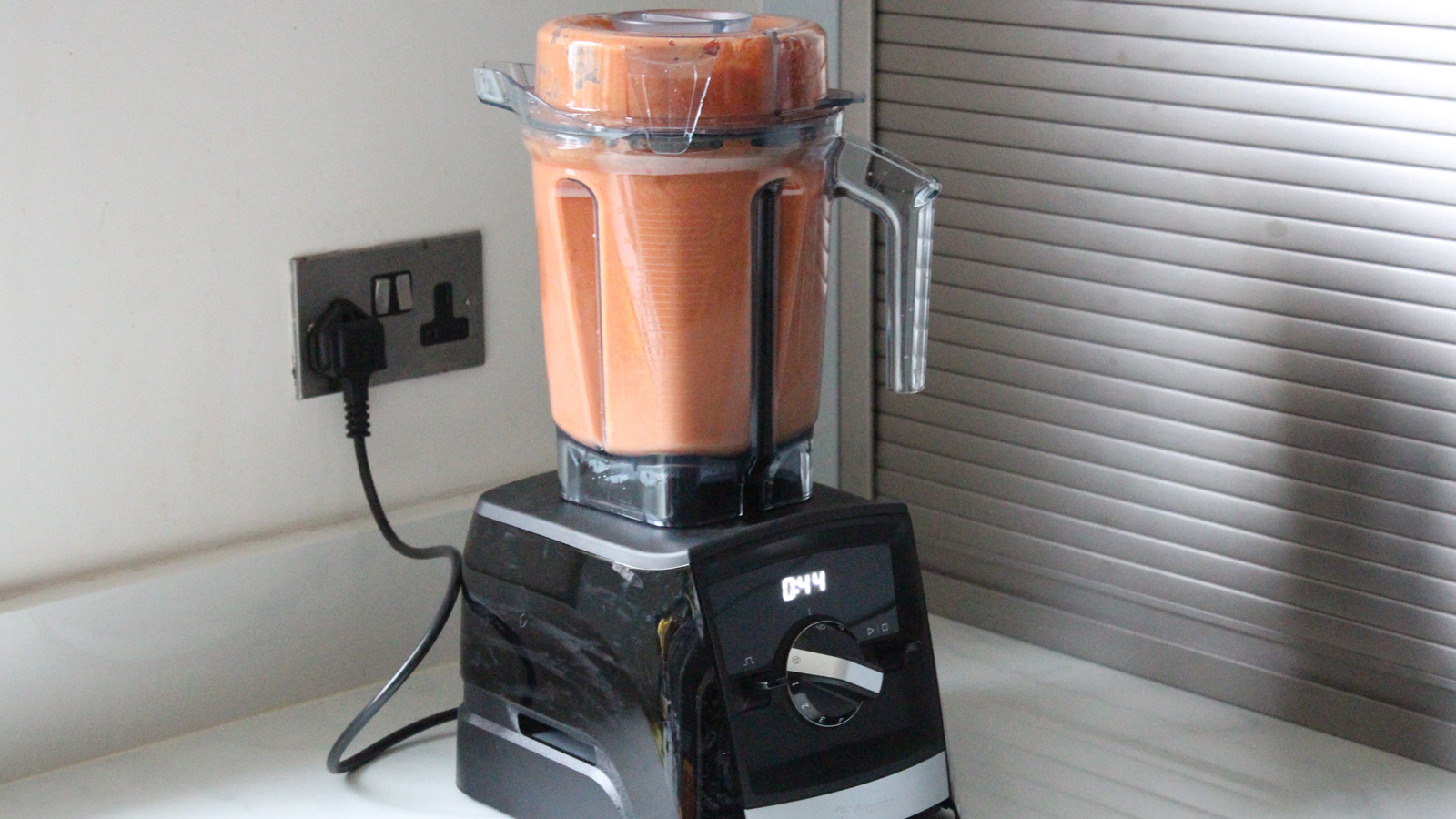
BY the time you've read through all of the review, you'll know everything that you need to about the blender in question, but we think it's useful to have a summary of whether we think you should buy it. We'll take an overview of how it performed, think about the price, any extras, warranty, and the likes, so we can reiterate who we think the blender is well suited to and who we think should shop around a little more.

Laura is woman&home's eCommerce editor, in charge of testing, reviewing and creating buying guides for the Homes section, so you'll usually see her testing everything from the best dehumidifiers to sizing up the latest Le Cruset pot. Previously, she was eCommerce editor at Homes & Gardens magazine, where she specialised in covering coffee and product content, looking for pieces tailored for timelessness. The secret to her heart is both simplicity and quality. She is also a qualified Master Perfumer and holds an English degree from Oxford University. Her first editorial job was as Fashion writer for The White Company.
-
 Concerned about Netflix’s Adolescence? You’re not alone - here’s how I approached toxic masculinity with my son
Concerned about Netflix’s Adolescence? You’re not alone - here’s how I approached toxic masculinity with my sonPlus three mums share their experience
By Debra Waters
-
 Small acts of kindness to brighten someone's day
Small acts of kindness to brighten someone's dayThese little acts of kindness and thoughtful gestures can truly create a positive impact
By Anna Paul